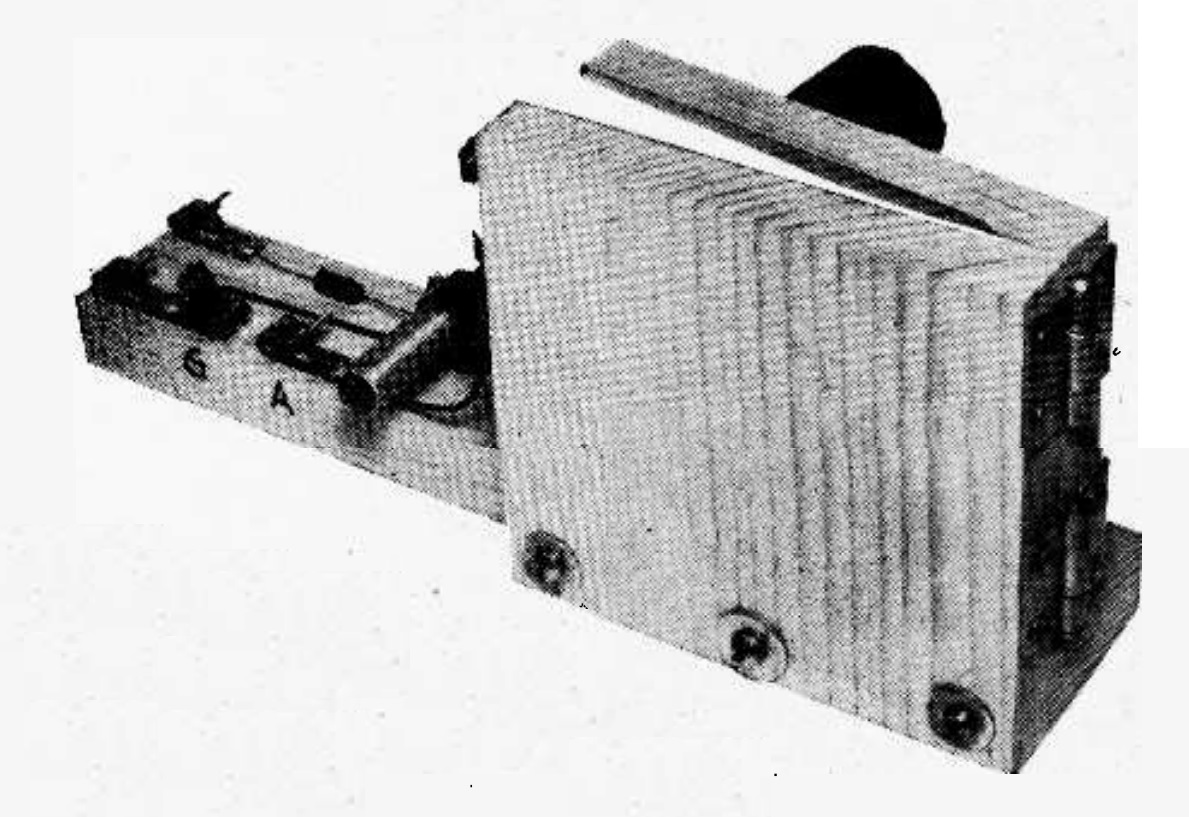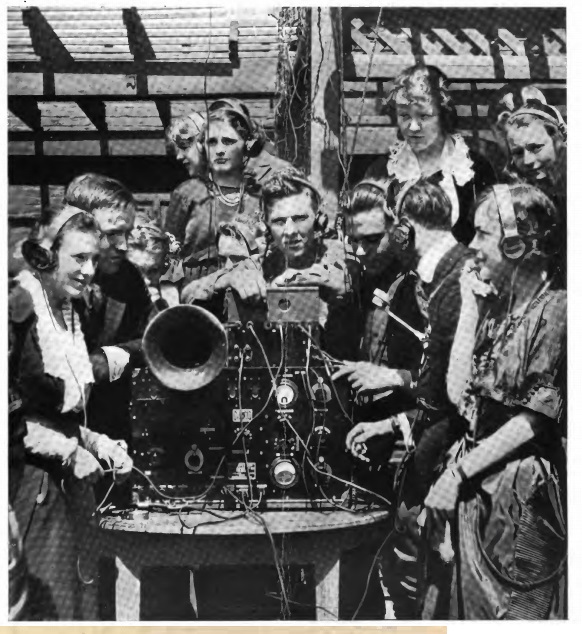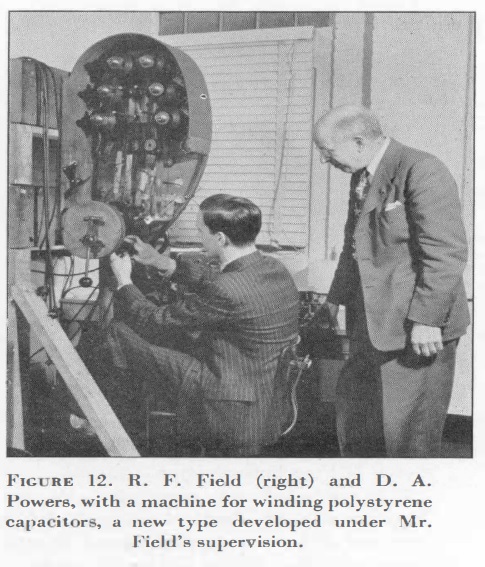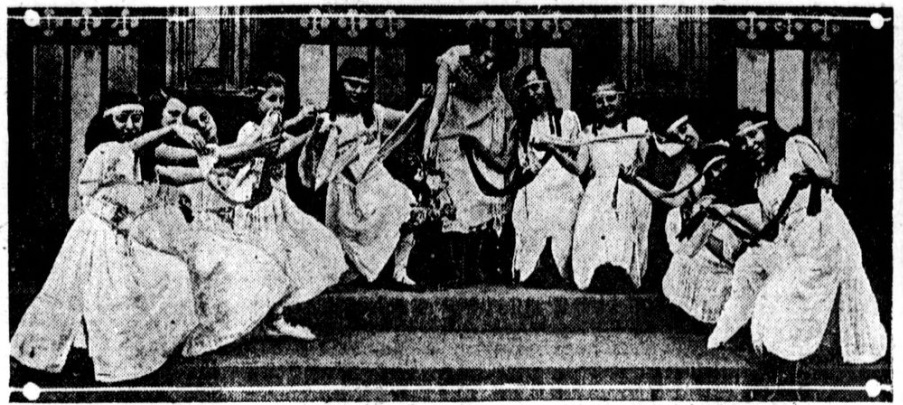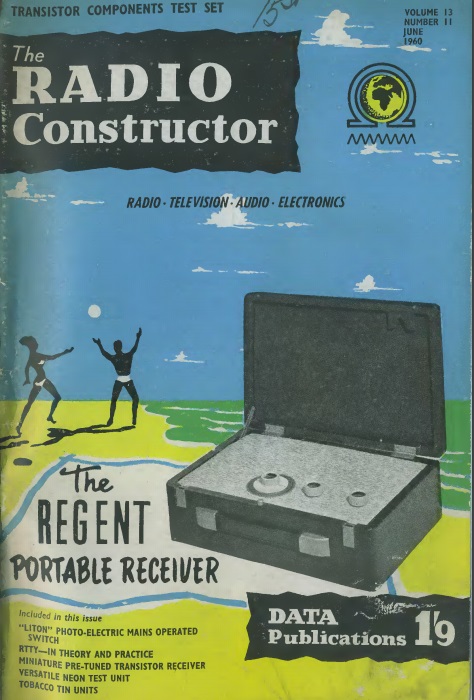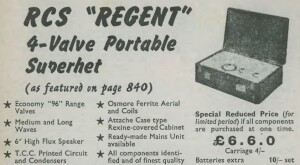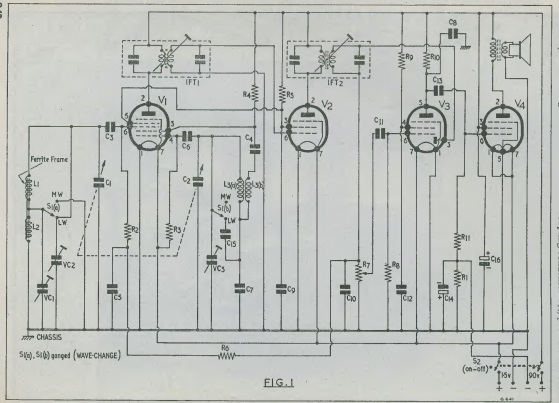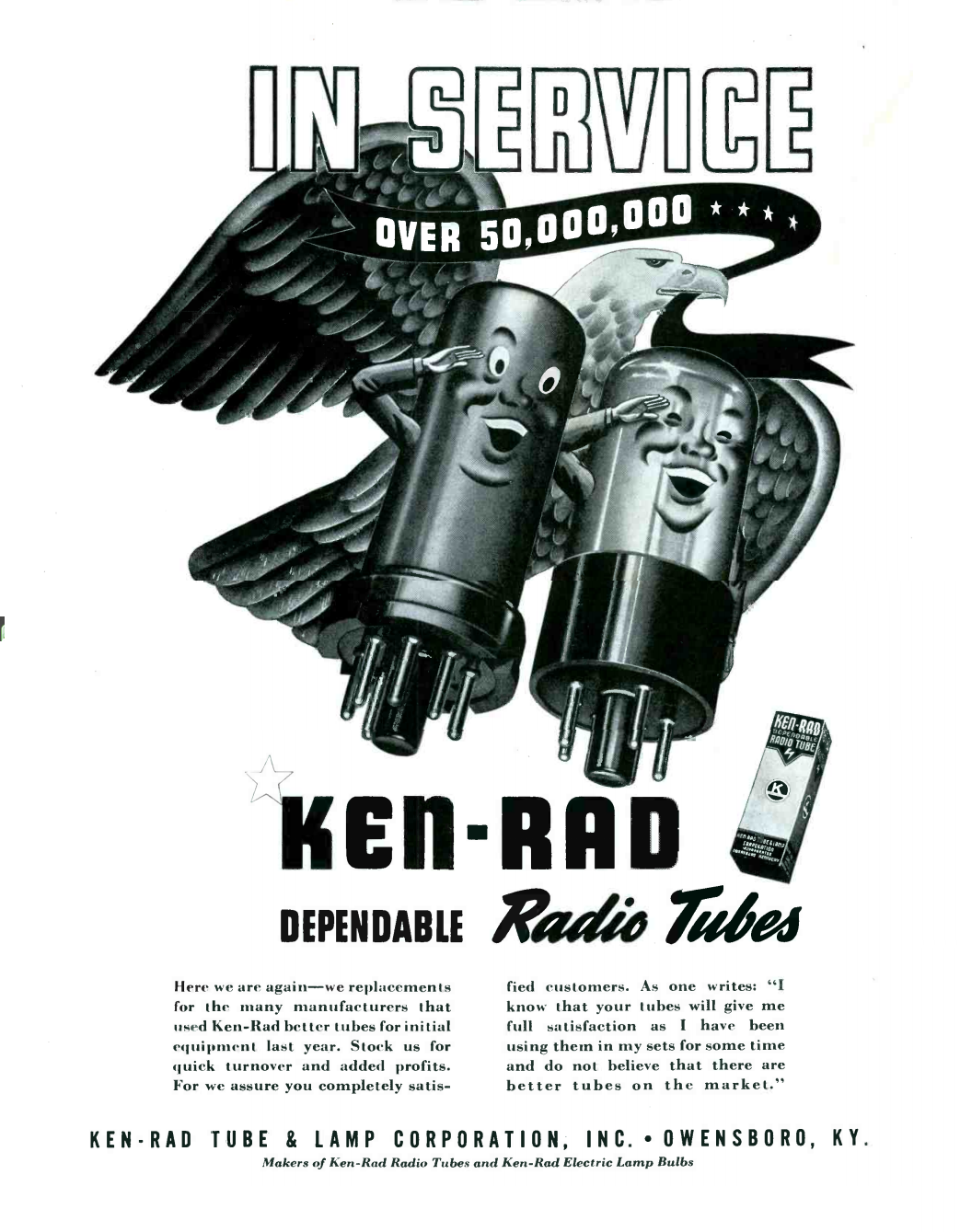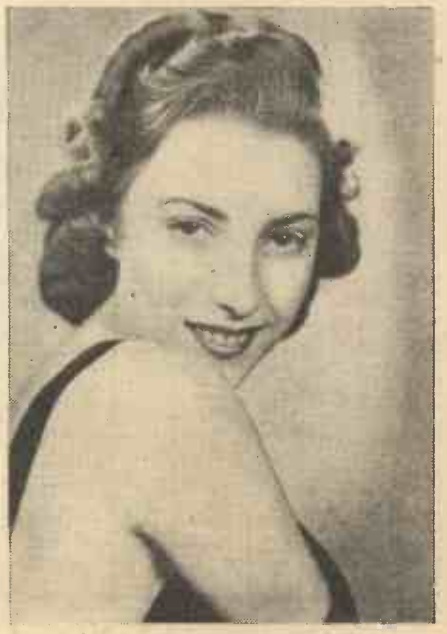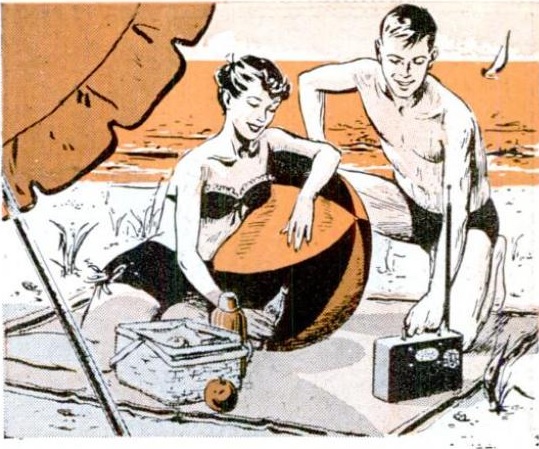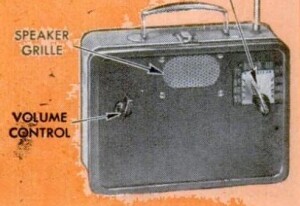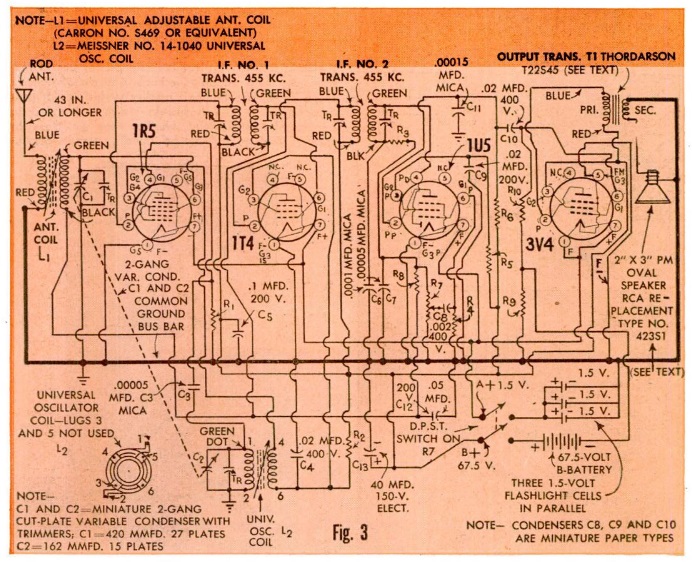 Several weeks ago, I wrote about my experiences using sourdough started with commercial yeast. While it’s starting to show up again in supermarkets and it’s apparently now available again on Amazon, yeast is not always available. In a long-term food emergency, that could pose a problem. Flour is inexpensive and plentiful, but in order to turn it into bread, you really need yeast. Fortunately, as I wrote previously, you can grow your own at home. You just need one package of commercial yeast, and you can turn it into an infinite supply.
Several weeks ago, I wrote about my experiences using sourdough started with commercial yeast. While it’s starting to show up again in supermarkets and it’s apparently now available again on Amazon, yeast is not always available. In a long-term food emergency, that could pose a problem. Flour is inexpensive and plentiful, but in order to turn it into bread, you really need yeast. Fortunately, as I wrote previously, you can grow your own at home. You just need one package of commercial yeast, and you can turn it into an infinite supply.
You can also share your sourdough starter with neighbors. But I wondered whether it was possible to share with people who live further away. I asked for volunteers, and got two. I’ve now heard back from one of them, and it turns out that yes, you can share your yeast with anyone, courtesy of the U.S. Mail.
I spread a thin layer of the sourdough starter, about three inches by three inches, on a piece of parchment paper, and then left it to dry. In a couple of days, I removed it and broke it into two pieces, one for each recipient. I could have just as easily used wax paper, plastic wrap, or even just a plate. After drying, I placed them in plastic sandwich bags, and placed those inside envelopes which I mailed.
My suggestion when they received them was to put it in a glass of sugar water to bring the yeast back to life. Then, use that water in place of some of the water and yeast in a bread recipe.
The loaf of bread shown above was baked by my cousin in Oregon, after she received it in the mail from Minnesota. She did report that the bread didn’t rise as much as expected. But it did rise some, even though it was denser than usual.
This is my experience as well. The yeast that are growing today, the descendants of the ones I started with, aren’t quite as active. It does take longer for bread to rise. But she reported that the bread tasted good.
The other package went to a friend in Alabama. He reported that the yeast survived the trip and came to life when he added sugar water, although I don’t think he’s made any bread with it yet. If he does, I’ll also post the results here as well.
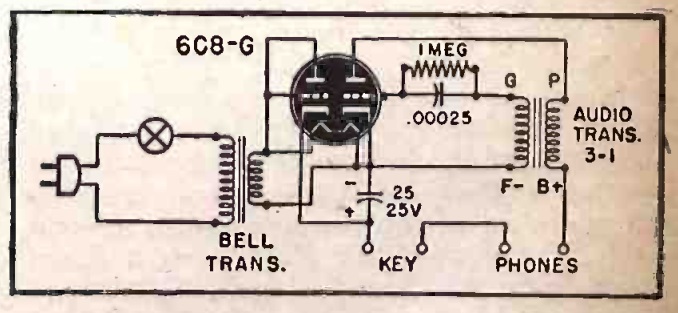 Seventy-five years ago this month, the June 1945 issue of Radio Craft carried this schematic for a code oscillator sent in by one Gene Clardy of Fort Worth, Texas. According to Clardy, the circuit’s main feature was its safety, since no high voltages were present. With no possibiity of high voltages on the key or headphones, all possible shocks were avoided.
Seventy-five years ago this month, the June 1945 issue of Radio Craft carried this schematic for a code oscillator sent in by one Gene Clardy of Fort Worth, Texas. According to Clardy, the circuit’s main feature was its safety, since no high voltages were present. With no possibiity of high voltages on the key or headphones, all possible shocks were avoided.
